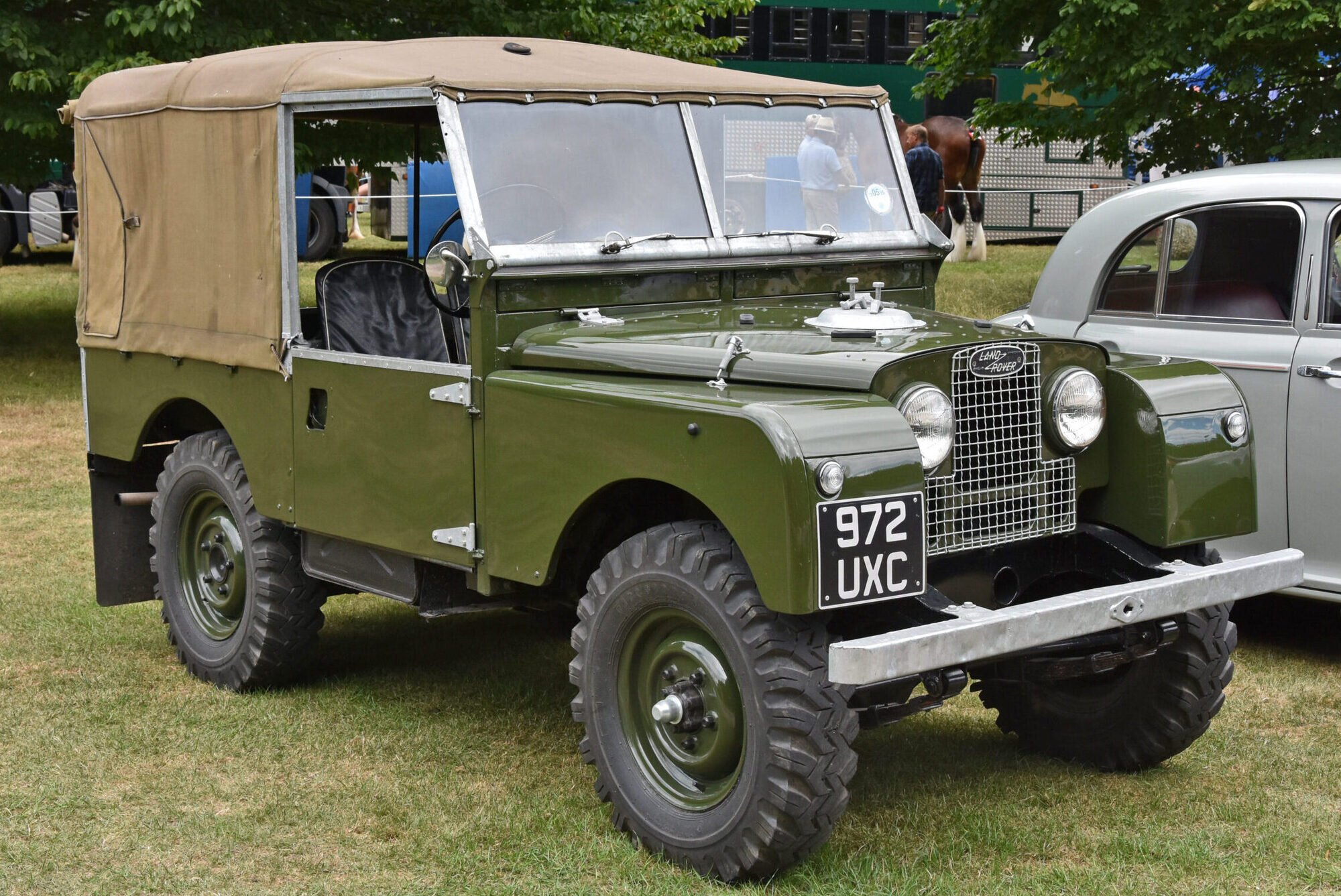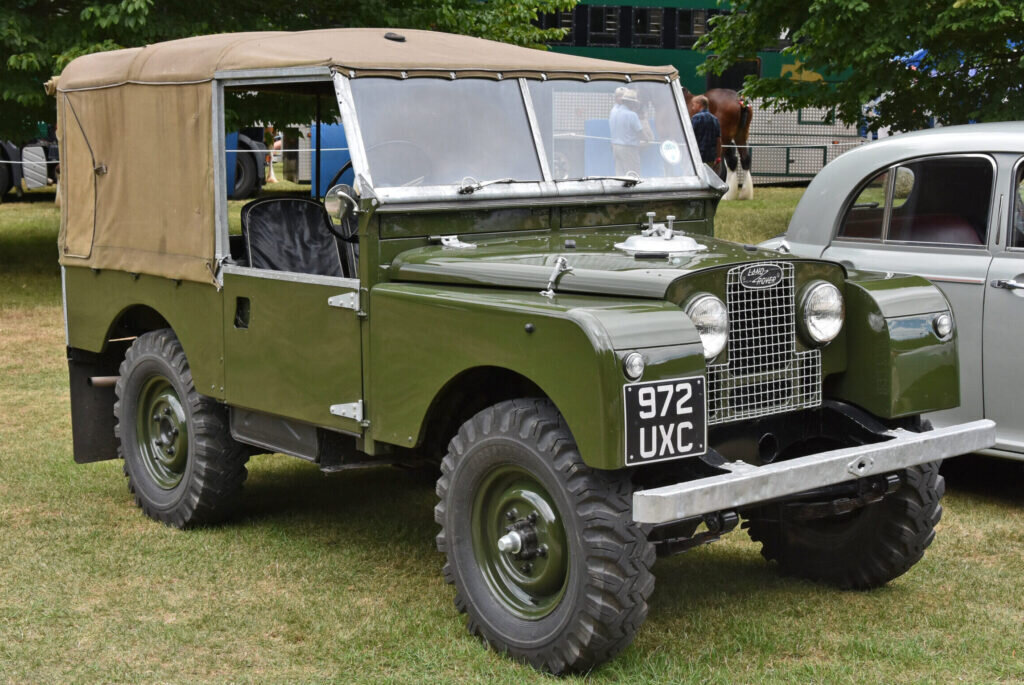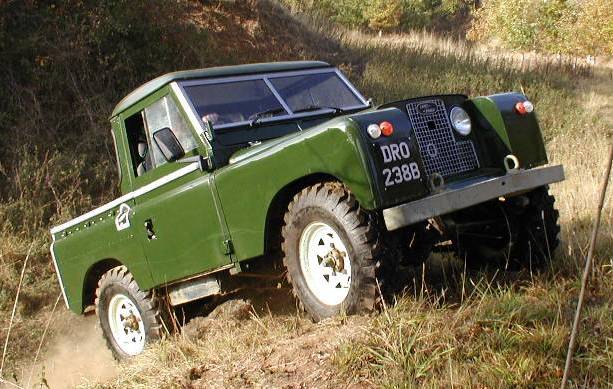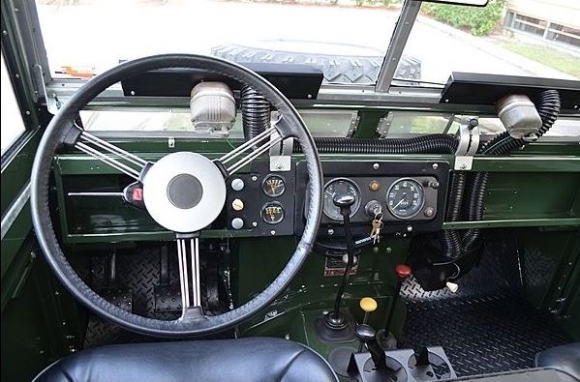
Land Rover Series IIA and II History
The rugged and robust Land Rover Series IIA and II
The Land Rover Series IIA and II are two of the most recognisable and respected off-road vehicles of all time.
In 1958, The Rover Car Company launched the Land Rover Series II, the successor to the highly successful and popular Series I. A key feature of the Series II model was a focus on styling and chief Stylist, David Bache, was tasked with updating the exterior and interior. There were a number of improvements including the introduction of the familiar ‘barrel side’ waistline to cover the vehicle’s wider track. There were also significant improvements to the styling of the cab with the introduction of curved side windows and a rounded roof.

The Series II was available with a wheelbase of either 2.24 metres (SWB) or 2.77 metres (LWB). The LWB station wagon had a standard ten-seats, with a station wagon option having twelve seats. In the UK, a twelve-seater was defined as a bus and was exempt from Purchase Tax and Special Vehicle Tax making this LWB cheaper to purchase than the standard LWB and SWB.
There were three body and chassis styles for the Land Rover Series II:
The 4-speed manual transmission drove one of 3 engine variants:
The 2.25-litre Petrol engine became the standard in Land Rovers until the mid-1980s when there was an increase in the popularity of diesel.
Between 1958 and 1961, The Rover Car Company produced just over 42,000 Series II Land Rovers.
In 1961, the Series II was replaced by the Land Rover Series IIA, although the differences are difficult to distinguish. The foremost reason for the nomenclature change was the introduction of a new, larger 2.25-litre diesel engine.

Other minor improvements included changes to the water pump and cooling system of the petrol engine and some subtle styling changes.
The “a” suffix in Series IIA was also part of a new system used by Rover to add a letter suffix to chassis numbers when significant model changes were made.
The Series IIA s widely considered one of the most robust and reliable classic Land Rover models. The hardy Series IIA model is a popular choice for enthusiasts seeking a classic off-road vehicle with mechanical simplicity making the vehicle easier to maintain and repair. The model is renowned for tackling the most challenging of terrains.
However, many critics cited the vehicle’s lack of refinement, the noisy and bumpy ride, and challenging driving experience.
Nevertheless. the Land Rover Series IIA was hugely popular with record sales figures and a dominant market share in many parts of the world. The Series IIA was synonymous with the African outback or snow-covered Scandinavian mountains. Over 70% of Series II Land Rovers were exported, with a reported 90% of all 4×4 vehicles in Australia being Land Rovers in the 1960s.
Between 1961 and 1971, approximately 640,000 Series IIA Land Rovers left the production line, with many still in use today.
The original Series I Land Rover had used gauges designed and built by Smiths and this continued for both the Series II and IIA. CAI continues to hold some of the original hand written specifications for the instrumentation and gauges. The original Speedometer was designed to be weatherproof with a black dial and white pointers. The 60mm diameter gauge had a maximum 75mph speed and was geared for 1504 revolutions. There was little change from the successful speedometers installed on the Series I Land Rover.

The branding was either British Jaeger, Smiths or Land Rover, depending on the gauge.
Replacement gauges for the Series II and IIA Land Rover remain available today. The gauges are manufactured in the UK using much of the same tooling as the originals.
For further information on Smiths gauges for Land Rover vehicles, from the Series I through to the Defender, please contact us on:
Email: [email protected]
Phone: +44 (0) 1639 732200
You can also follow us on social media including Facebook (@caigauge) and LinkedIn